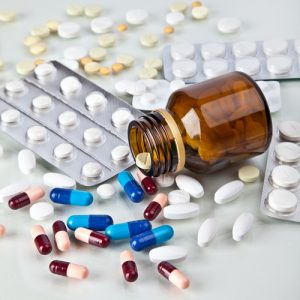
U.S. Sen. Chuck Grassley (R-IA) called for an explanation on Thursday of increases in spending under what he called Medicare’s “catastrophic” prescription drug program.
Under Medicare Part D’s prescription drug program, coverage kicks in after a beneficiary spends $4,850 out of pocket for drugs needed to treat a chronic condition. Medicare then pays 80 percent of drug costs, beneficiaries pay five percent and private insurers pay 15 percent.
Spending under the prescription drug program has increased 85 percent over the last three years, from $27.7 billion in 2013 to $51.3 billion in 2015.
In a letter to acting Centers for Medicare and Medicaid Services (CMS) Director Andy Slavitt, Grassley wrote that the program’s escalating expenditures were a cause for serious concern.
“Given the increasing costs and the need to ensure that the Medicare benefit, particularly catastrophic coverage, is being appropriately utilized and free from exploitation, it is important to understand the administration’s approach to solving these problems,” Grassley wrote.
Grassley asked Slavitt to identify factors — including potential exploitation of the catastrophic drug benefit — and steps the administration has taken to contain costs so that spending doesn’t become unsustainable.
“That would be devastating for those who rely on this program and for the taxpayer who picks up 80 percent of the bill,” Grassley said. “Those who depend on life-saving prescription drugs should have the benefit of allowing the marketplace to work to bring down costs. It may be that some drug companies are taking advantage of government programs to maximize their market share, and we need to know whether that’s the case.”



